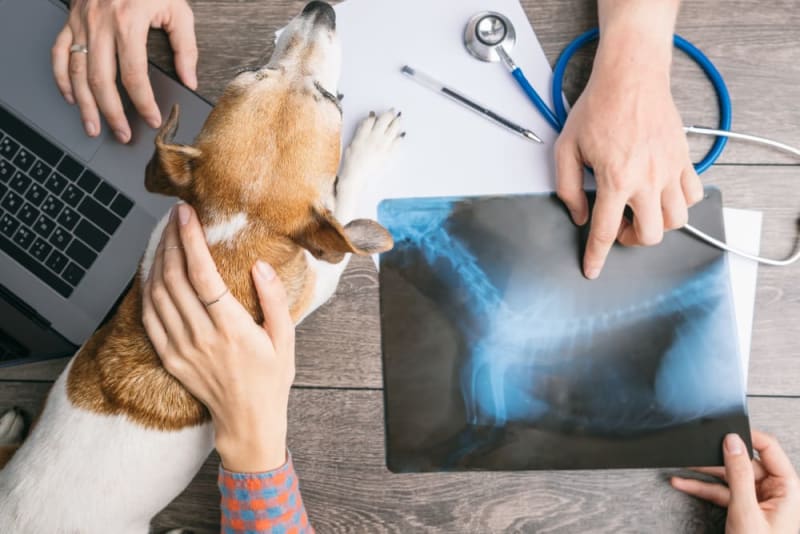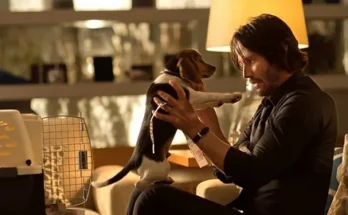Having a pet undergo surgery can be a scary and stressful experience. After the surgery is complete, it’s important to provide your pet with the best post-operative care possible to ensure they have a speedy and healthy recovery.
Taking care of a dog after surgery requires patience, dedication, and a careful eye to spot any potential problems before they escalate. Following your vet’s instructions, providing a comfortable and safe environment, and monitoring your pet’s progress are all key steps in providing the best post-operative care.
What to Expect After Surgery
After a dog undergoes surgery, it is important to provide the best post-operative care possible to ensure a speedy and healthy recovery. The first few days after surgery are the most important for monitoring your pet’s progress, so it is important to watch for any signs of pain, swelling, or infection. During this time, your dog may be groggy or uncomfortable and may need extra rest, so it is important to provide a quiet and comfortable environment.
It is also important to follow the instructions your vet provided and to administer all medications as prescribed. Your pet may need to wear a protective cone or e-collar to prevent them from licking or biting the surgical area, and it is important to monitor their appetite and weight to ensure they are eating and drinking properly. If your pet is not eating, it is important to contact your vet right away.
Finally, it is important to keep your dog active. Gentle walks and light play are good ways to keep your pet’s joints and muscles from becoming stiff. It is also important to keep your pet away from other animals and from areas with a lot of stairs or inclines, as these can be difficult for a dog recovering from surgery.
Post-Op Checkups
Post-operation check-ups are important for your pet’s health and well-being after surgery. During these check-ups, the veterniarian will monitor your pet’s progress to make sure that they are healing properly and that any potential problems are addressed quickly. Depending on the type of surgery, your vet may need to check your pet’s incision, take blood samples, and check vital signs. They may also give your pet medication and provide advice on how to care for your pet during its recovery.
At each post-operation check-up, it is important to ask any questions that you may have and to voice any concerns that you may have about your pet’s progress. If your pet is showing signs of pain or discomfort, it is important to let your vet know so that they can address it as soon as possible. Your vet may also provide advice on how to help
Prevention Of Infection
One of the most important things you should keep in mind is that your dog has been given an antibiotic injection that will help prevent infection throughout his or her recovery period. You can use wet wipes or a damp cloth to clean up any urine that may occur during the day. You should also keep the area dry and clean for at least two weeks after surgery.
However, if you notice any signs of infection, such as redness or swelling, then it is best to contact their vet immediately. If you notice any signs of infection, then call their vet immediately and describe the signs.
Wound Care
After surgery, you should take good care of the incision site. This will help promote healing and help prevent infection. You should also keep a bandage on the incision site for at least two weeks after surgery.
Pain and Limitations Post-Op
After a dog undergoes surgery, it is important to provide the best post-operative care possible to ensure a speedy and healthy recovery. During the recovery period, your dog may experience some discomfort and pain, especially at the site of the incision. It is important to provide your dog with pain medication to help reduce any discomfort they may be feeling.
Make sure you limit your pet’s activity level after surgery. Your vet may recommend limiting your dog’s activity for a few weeks or even months, depending on the type of surgery they underwent. During this time, it is important to avoid vigorous activity or exercise, as this can cause the incision to open or bleed. It is also important to avoid activities that involve jumping or climbing, as these can put extra strain on your pet’s body.
It is important to monitor your pet for any signs of pain or discomfort. If you notice any signs of pain or distress, contact your vet immediately. It is also important to follow any instructions your vet has provided regarding post-operative care, such as the administering of any medications, the use of a protective cone or e-collar, and the monitoring of their appetite. Following these steps will help ensure.
Hydration and Nutrition
It is important to keep your dog hydrated and well-nourished during and after surgery. Drinking plenty of fluids will help to replenish lost water and also reduce the amount of urine that is produced. You can give your dog a water bottle or you can place a bowl near their bed.
Following these instructions will help to ensure a speedy and healthy recovery for your dog after surgery.




